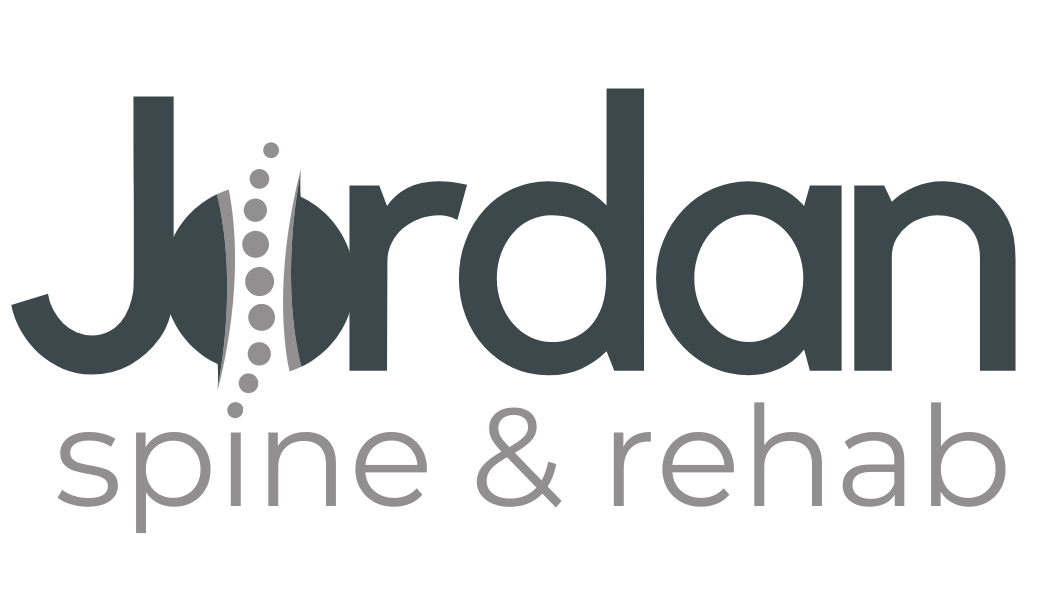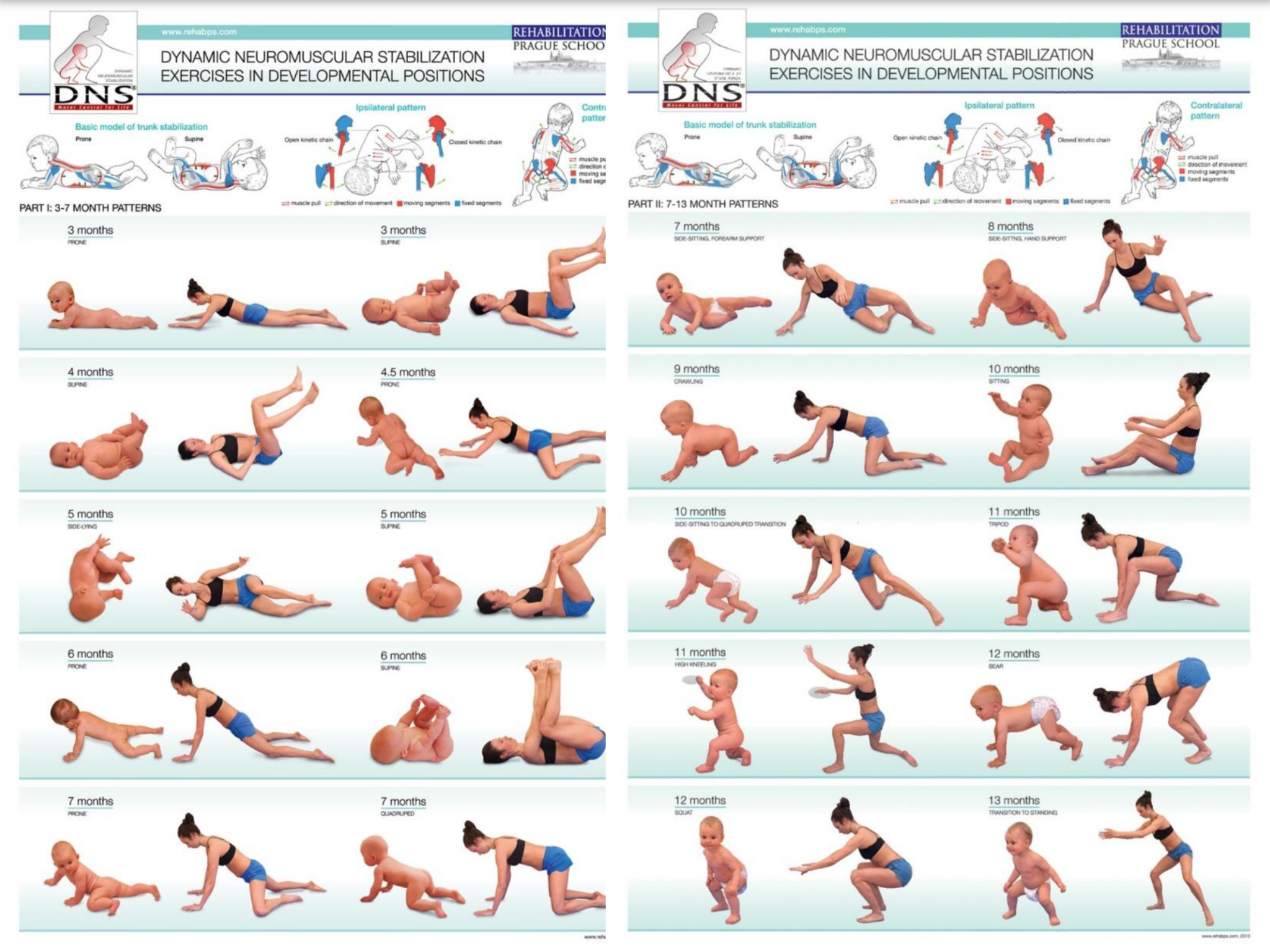Baby-Led Movement: The ‘Less is More’ Approach.
Why in the same day do we trust a six month old baby to intuitively understand holding and bringing food into the mouth, then we don’t trust them to learn how to sit on their own? Why do we accept and understand that they will likely speak, but then place them in a Bumbo because they surely need help to learn how to sit?
Welcome to the baby-led movement view; the ‘less is more’ approach to child development and motor skills.
I see this day in and day out. A caring mama will bring her ten month old into my treatment room and tell me that her baby isn’t rolling over yet. For reference, rolling from back to belly should take place around five months of age. I then ask how the baby is spending their day; what are they in, how do they play, etc. Often, she will look at me like I’m purple.
“Why are you asking me what my baby does during the day? Can’t you adjust them and make them roll over?”
Unfortunately, the child in this example spent most of the day in an exersaucer, bumbo, highchair, or carrier. A classic “bucket baby” through and through. Again, for reference, sitting a baby up is a ten month old pattern and rolling is a five month old pattern. So let me ask you this: why would this baby roll over if they can just be sat up by their parents all day? The answer: they wouldn’t.
Honestly, as a mother and a clinician, this has never made sense to me. I love the baby-led weaning movement and all that it stands for. I’m just confused as to why we refuse to have the same approach toward our child’s development and movement.
Babies, no matter where or when they were born, all have an ingrained movement pattern. A blueprint or map if you will. This map encompasses the first thirteen months of life and all of the milestones in this crucial time frame. Researchers in Prague have looked at tens of thousands (probably hundreds of thousands by now) of babies and their natural, uninterrupted movement patterns to form this map. It’s absolutely incredible, and it makes total sense. The hands provide support as soon as the brain is able to properly stabilize the hands. The pelvic floor provides support for our internal organs as soon as it is able to be controlled by the brain. The feet are loaded as soon as the brain can control them. The spine is uprighted as soon as the brain can stabilize it. The examples are endless!
The Developmental Sequence
Another familiar example- everyone knows about “tummy time”. Why is tummy time so important around three months of age? Well, this is the first time in the child’s life that they will be able to put support into both elbows above the head, look up, and turn the head side to side purposefully. Before you tell me that your six week old did this, read that last word again because it is the most important one- purposefully. Not only is this pattern for the development of the muscles in the neck, but it also brings the mid-back (thoracic spine) toward the ceiling and into the same plane as the shoulder blades. This position is what forms the curve in our mid-back. The joints themselves are forming while in this position. The examples are infinite and this is just one.
Each step in the first thirteen months has a reason behind it; formation of the spine, hips, foot support, hand support, and the list goes on and on and on.
So let me ask you- why on Earth would we want to interrupt this naturally perfect pattern if it is so important? How are we interrupting it?
For some reason, we are obsessed with “helping” our babies. Is it a desire to be needed? Is it misinformation from our pediatricians? Is it a lack of information about the tiny, just as important, milestones? Is it the baby equipment companies trying to squeeze every dollar out of us parents? Maybe a combination of all of this. So we buy the stuff. The jumpers, the exersaucers, the walkers. All because we don’t want to fail our kids. But, in the end, the equipment is failing us all by interfering in this perfect pattern and exposing our children to higher developmental patterns before they are ready.
I believe we think this way unintentionally. We are told that our babies need to learn how to sit- not that our babies will learn to sit on their own. We are told that they need to practice walking- not that they will load their feet when the brain is able to stabilize the foot properly and as long as that is before eighteen months of age then all is well.
There is just so much misinformation and missing information about baby development out there that I wanted to start the conversation here with you today.
The best place for your baby is on the floor (in a safe, monitored place of course) with motivation for movement. Motivation in your home might look like a play mat with toys overhead, toys on the floor, high contrast books, and so on. Your baby will learn how to lift the head, roll, side sit, sit up, crawl, cruise, and walk on their own. We just need to take a back seat to watching them lead the way.
The golden rule is this- never put your baby into a position that they haven’t demonstrated on their own yet.
Thank you for joining me in the baby-led movement approach. We will continue this conversation again very soon.
For more information, check out my podcast on this topic!

